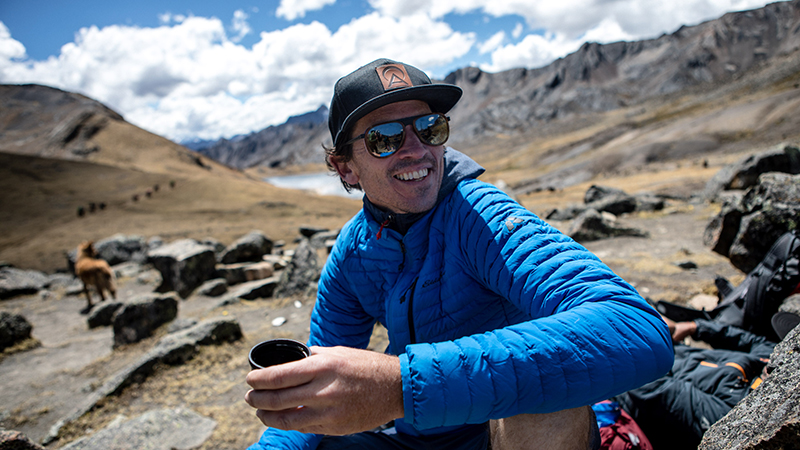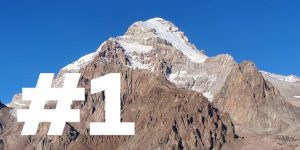3 Reasons Adrian Ballinger Thinks You Should Climb Aconcagua


 Rapid Ascent™ distills the expedition down to all its highlights
Rapid Ascent™ distills the expedition down to all its highlights
By preacclimatizing at home before the start of the trip, our teams spend a mere 14 days attempting Aconcagua, versus the industry standard of 21+ days.
“That’s the beauty of the Rapid Ascent system — it distills the experience down to where you get ALL the altitude challenge ALL the incredible uniqueness of the place without spending so many days that perhaps your trip gets sidelined by external factors like work, sickness, or family obligations. Rapid Ascent enables us to start climbing at altitude immediately since the acclimatization has already been completed at home before you arrive in-country. After training so long and hard for an expedition, who wants to wait around and acclimatize? Then, in less than 24 hours after we summit Aconcagua, we’re back celebrating at a local winery. Aconcagua just couldn’t be better as a Rapid Ascent trip.” -Adrian

Less technical climbing means you can fully focus on your body’s physiology as you progress to higher altitudes
“Actually, I love the fact that Aconcagua doesn’t have highly technical climbing- rope work, crampons, ice axes – things like that. It allows us to focus purely on the extreme challenge of high-altitude and our body’s physiology. By separating that skill set out, it trains us so much better for the bigger mountains.” -Adrian
If you’ve climbed a few peaks in the 6,000m range like Ecuador’s Volcanoes, Mexico’s Volcanos, Kilimanjaro, Mt. Elbrus. Peru’s Peaks (Chopicalqui, Alpamayo), or Bolivia’s Peaks (Illimani, Huayna Potosi), Aconcagua is a natural next step. Aconcagua is both a great first 7,000m peak AND a great stepping stone for a future attempt of an 8,000m peak.

The Andes are incredible and you get to climb the tallest peak outside of Asia
“That region of the Andes is some of the most beautiful, remote, unique terrain I can think of. You’re in this high desert environment going up to 23,000’. Being the highest peak outside of Asia, Aconcagua is constantly challenging – factoring in difficult weather, lots of wind, having multiple camps on a big mountain. Outside of your time on the mountain, you get to start and finish the expedition in Mendoza, which means great wine and red meat from amazing restaurants in a beautiful city.” -Adrian
If you live anywhere in the western hemisphere, traveling to the Himalaya comes with a large cost in travel time getting to and from the mountains. Traveling to South America is a much easier journey for most of the western world. If you want to test your skill at 7,000m but are short on time, climbing Aconcagua is a fantastic option for you.
 Keep reading
Keep reading
For information on our Aconcagua Rapid Ascent™, or any of our other expeditions check out our website. For any questions call our office at 877-873-5376 or send us an email info@alpenglowexpeditions.